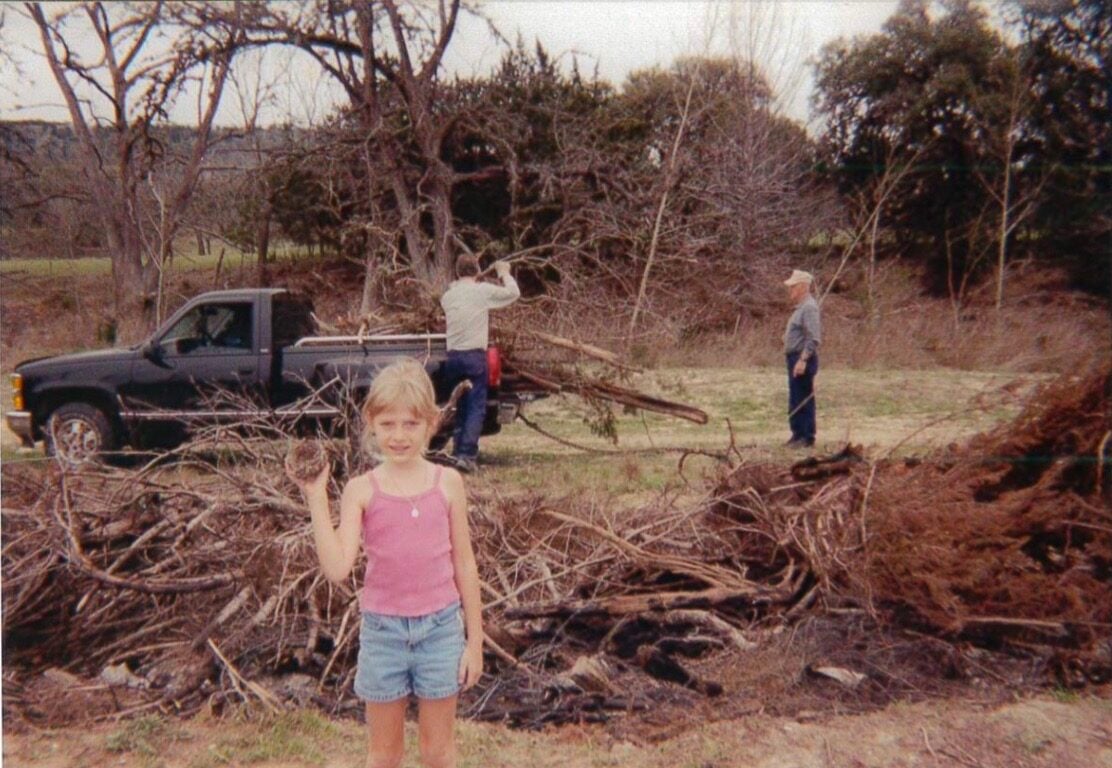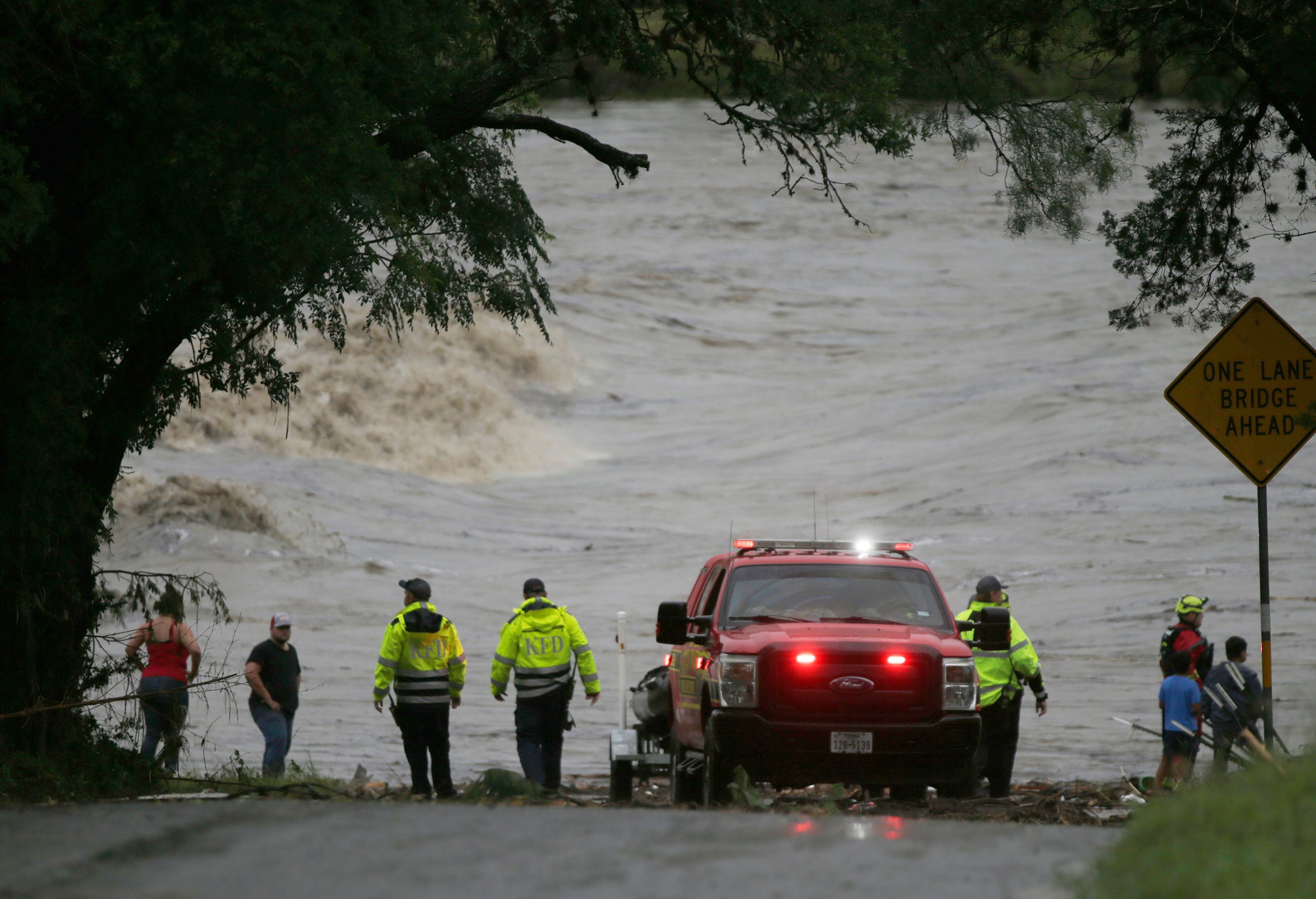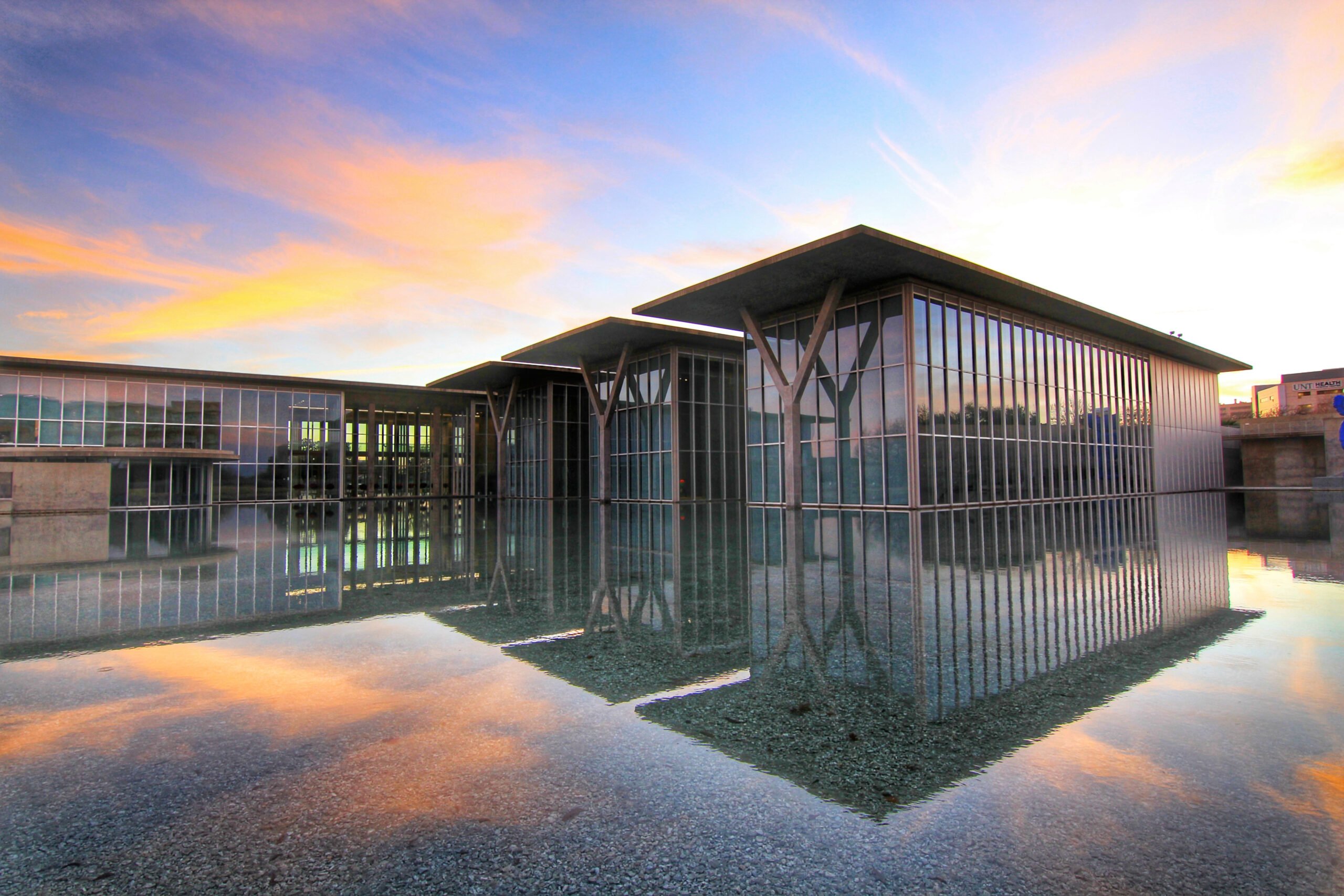Afterword
Questions and Answers: A Patriot's Life Revisited
Beautiful land the patriot said And rinsed it with his blood And the sun rose And the river buned. The earth leaned Towards him: Shadows grew long. Ran red.
–Eavan Boland, from “Whose?”
When I was a student at Trinity College in Dublin, I left no part of Ireland’s capital city untouched or unrevered. I rode dirty buses into suburbs thick with trees. I sat in the curve of Dublin Bay, watching smokestacks smudge the sky with oily wounds. I spent long hours chatting in pubs. I rented an unheated flat in the Northside with sloped floors and a water-damaged ceiling, waking happily to lorries rumbling alongside the Liffey River. And I took a class called Modern Irish Politics and started to reexamine my understanding of Irish history and what it means to be Irish.
The goal of the class was twofold: We would learn bits of Irish history in regular lectures, while deepening our understanding of the contemporary political situation in the North through weekly discussions led by Michael, a fellow student who was a former foot soldier in the Irish Republican Army. Michael was clearly different from the rest of us. He was past 40, while many of us had just passed puberty. He was bluntly clear about his political opinions, while most of us were struggling to formulate some. But most importantly, while we had only encountered war in books and films, he knew firsthand about the intractable violence that has become synonymous with Northern Ireland. He would, our professor promised, be our best teacher about “the Troubles.” And he was.

Overcome by curiosity, we jumped at the chance to interact with someone who had lived real Irish history and survived to talk about it. Each week, Michael patiently answered questions: When did he leave the Irish Republican Army? (some years ago); his hometown? (West Belfast); his opinion of Iain Paisley? (How many curses can you say in five seconds?); how much active battle had he seen? (enough). Michael spoke slowly into his folded arms, the dips and crests of his Northern accent echoing in the windowless room.
He had not been a major player in IRA activities. From the mid-1970s to the early 1980s he was simply the go-to guy for small weapons drops and messages requiring quick delivery. He spent much of the time crouched in the mud with teenage boys, all of them shaking with fear. We learned about his training in abandoned Belfast car lots and the fields outside Limerick. He drew flying column formations on the blackboard, his muscled arms flexing, teaching us about this guerilla warfare technique used widely by the IRA.
I saw Michael as a man who embodied the spirit of Irish nationalism I was raised to respect. Like many Americans with Irish parents, from a young age I understood myself to be linked by blood and culture to an imagined community of patriots who chose righteous revolt over oppression, even if it meant death. The men in my family clink their pints and toast the IRA, saying “Up the People’s Army.” Displayed in my house are the words of the 1916 “Procla-mation of the Irish Republic to the People of Ireland.” The proclamation–a defining moment in modern Irish history–was a call to rebellion for Irish citizens: “Through us” (namely, the secret revolutionary alliances and open military organizations that later became the IRA) “Ireland… summons her children to her flag and strikes for her freedom.” The Easter proclamation hangs on the walls of many Irish homes and Irish pubs around the world, a sign that the establishment was truly Irish, meaning Republican. Anti-British. In some cases, pro-IRA.
The 1916 “Easter Uprising” eventually led to Ireland’s division. The authors of the Proclamation, all save one, were executed a few short hours after Patrick Pearse read the words aloud: Ireland’s first martyrs. Their fate on that one day in history was a movie about Ireland that played endlessly in my mind as I was growing up. An oppressed people, a promise, and a sacrifice–all the right ingredients for a holy war. When I asked Michael, “What was it like when you were out on the runs?” I thought of Patrick Pearse, drenched in rain and English bullet fire, reading the words that would be some of his last. I viewed Michael, and myself in some distant, proud way, as a direct descendant of these brave men.
But as the term wore on he grew increasingly agitated by our questions and less willing to give more than a two-word response. Finally he stopped talking all together. He did not want to tell us how many people he’d killed or seen shot; he did not want to divulge any details about a kidnapping with which he was rumored to be involved. He refused to discuss the men in his family. As I watched him move, quick and strong down the hallway after class, the silver chains on his leather jacket jingling, I became angry and questioned the veracity of his claims–after all, there was no written evidence to verify his accounts. Why wouldn’t he tell us what happened?
Looking back, I know why. We had treated him as a specimen to be probed for information. We should have asked him what his life was like now: Why and how had he come to Trinity, the best university in Ireland? Where did he live? When did he see his family? Michael was certainly a victim of a complex history that has bred hatred, poverty, disillusionment, death, and the loss of entire families and generations to war. He had also perpetuated that violence. But we had put him on a hero’s pedestal, as if he were a granite statue on O’Connell Street. And there we silenced him.
I thought about him a great deal for the rest of the year. I began to read more about the war in the North–I followed the agreements, the treaties. The more I read and learned, the less hope I had for reconciliation. I saw more clearly the trap that war had created for Michael, for all of the North, for Ireland. I vividly remember one of his stories about a soldier accidentally killing his sister because he had misfired a gun in the kitchen, never having been taught how to use a gun before one was placed in his hands. This did not square with my images of IRA soldiers dying in a glorious show of patriotism as the 1916 Proclamation promised. And then there was Michael: a largely uneducated ex-soldier dependent on the Dole; a man who occasionally went alone to Liverpool or London to work low-paid jobs in hotels or factories, sending money home to his mother, who was widowed and destitute in Belfast, still living in a war-torn tenement block. His version of history was not found in any books–his were stories I had never considered or imagined. What did it mean that I imagined exciting gun-runnings and prison breaks, or small freckled boys running to a safehouse for dinner and ammunition in the name of, as the Proclamation stated, “God and the dead generations of Ireland”? What did it mean that I imagined Michael on stealthy midnight runs, his path lit by a bright moon, doing his bit against the British oppressors? What did it mean for me to romanticize war from the safety of my middle-class American upbringing and abstract understanding of nationalism? In the end it made no difference whether or not Michael appeared in the countless books written about the Troubles, or if he was the person he claimed to be, or just an excellent, vivid liar. His refusal to humor our invasive, unending questions made me examine their value and their roots in my own misunderstandings of war.
On my last day in Dublin, I took the train out to the sea, past brick homes with bright kitchens and clean wash billowing from lines. As I watched the Dublin lights flicker in the distance, I thought about Michael. One afternoon I had noticed him sitting on College Green, a cigarette dangling from his thick fingers. He was watching the workers move inside the scaffolding that flanked the west side of the quadrant. Every 10 years or so, the buildings required cleaning because the wind blowing over the Liffey River absorbed its pollution; the soot eventually found the buildings, where it sank deep into the limestone.
Light is a luxury during Irish winters, and in less than an hour the Dublin sky would be black and deep. Together we watched the workmen move quickly, scraping and lifting. Each time he took a drag from his cigarette, a dragon tattoo stretched and roared around his elbow, the Irish tri-color flag flapping from its mouth. The college grounds were green and lush. He and I sat like that, for a few quiet moments, under a quickly darkening sky, a warm wind stirring the air.
Eavan Boland writes, “If colony is a wound what will heal it? After such injuries what difference do we feel?” As Michael and I sat watching the reconstruction of the buildings–a project that would take months and a crew of many to remove the charcoal-colored stains–I was struck by how difficult it was to remove the black layers; a slow, tedious process. It has been just as difficult for me to reckon with the meanings that were passed on to me as a kind of terrible, beautiful truth about my roots, about Ireland. How terrible it must have been to live with those wounds, as he did.
Dublin has changed since 1994. Altered for tourist consumption, with the same shops, traffic problems, and broadband networking systems, it feels just like any other cosmopolitan city. Dimly lit pubs with sticky floors have been replaced with “entertainment establishments” complete with shiny track lighting and tropical drink specials. The old men tucked into the dark corners of pubs are gone–their tables are crowded with trendy business people chatting over glasses of imported wine. The strange shops selling expensive Irish linen alongside flimsy umbrellas and frisbees have been ousted by Gucci and Armani. The General Post Office, where Patrick Pearse read the Proclamation aloud, is part of an architectural walking tour of Dublin. Many of the beggars have been shooed from the streets. The buildings at Trinity College are spotless. Even the Dublin buses have been cleaned up.
And the war in the North continues.
Observer intern Emily Rapp Seitz lived in Ireland from 1994 to 1995. She is now a student at the Michener Center for Writers at the University of Texas at Austin.


